Are you unsure how the new HMO fire regulations effect your property, here is the breakdown!
The regulations that apply to room-only HMOs come into effect on January 23rd, 2023, and are concerned with the common areas of the properties.
The regulations are in place to ensure the safety of the occupants in the event of a fire. There are two key requirements that all responsible person (e.g. landlords – a person responsible for the safety of the building and have control over the common areas) will have to follow –
1. Provide fire safety instructions to occupants
The fire safety instructions must include the evacuation strategy for the building, instructions on how to report a fire, and any other instructions that tell residents what they must do when a fire has occurred.
2. Provide information on fire doors in the property
The information on the fire doors must state that fire doors should be shut when not in use, residents or their guests should not tamper with self-closing devices on fire doors, and residents should report any fault with, or damage to, fire doors immediately to the responsible person.
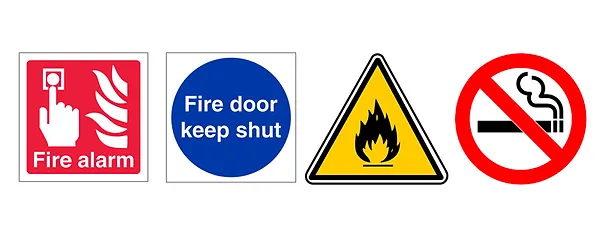
Displaying the information:-
This information should be provided in a clear, easy to understand format to all occupants as soon as reasonably practical after they occupy the property or whenever the above information changes. A copy of this information must also be displayed in a conspicuous part of the building. A good place to put this would be on the notice board alongside your contact details for the HMO.
Taller HMO buildings:-
Where a property is 11 meters in height or more (typically at least 5 storeys), then additional responsibilities are triggered. The responsible person must perform checks of the fire doors in the communal parts of the building at least every three months. In addition, flat entrance doors should be checked at least every 12 months. In both cases, the checks should ensure the doors fully close into the frame, overcoming the resistance of any latch or friction with the floor.
Government guidance recommends that the checks be made by opening the door fully, then letting it go, and opening the door to around 15 degrees and letting it go. This is to ensure that the door is closing properly and fully into the frame.
It's important to note that basements are not included when calculating the height of the building. For further information on calculating the height of a building, refer to the government guidance.
High-rise residential buildings (18 meters tall or more) require a significant amount of further information and checks. This will usually be the responsibility of the freeholder however and should not apply to most PRS landlords. If you are the freeholder of a high-rise residential building, you should seek specialist advice to ensure you have complied with the requirements.
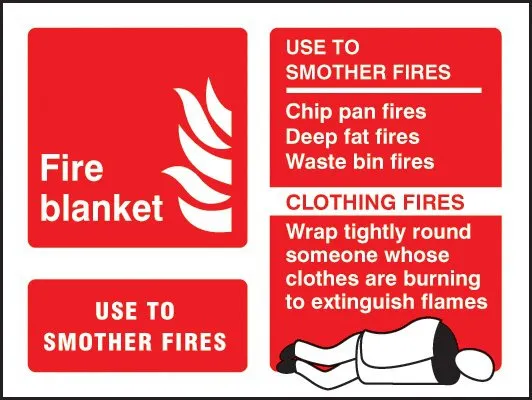

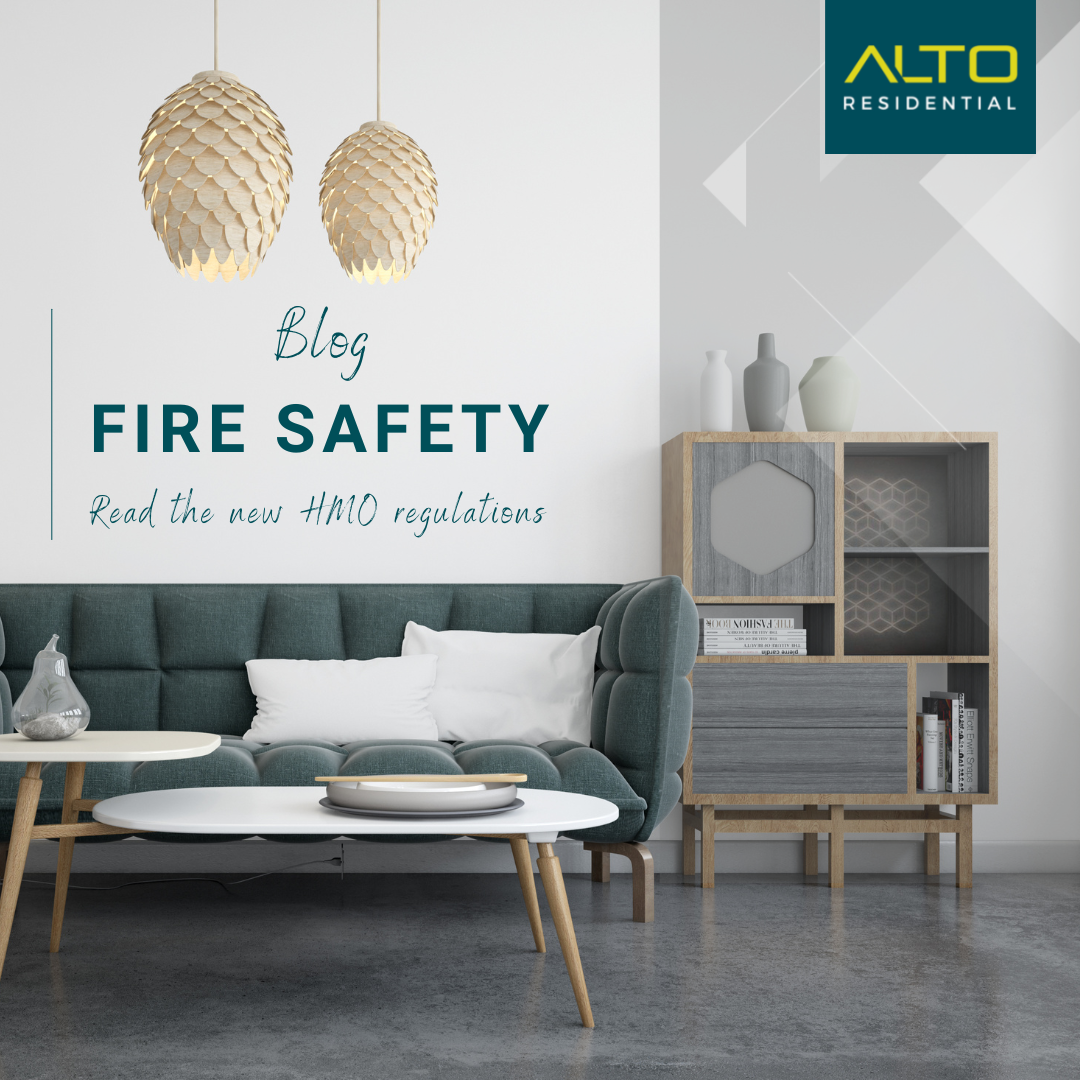
 By
By 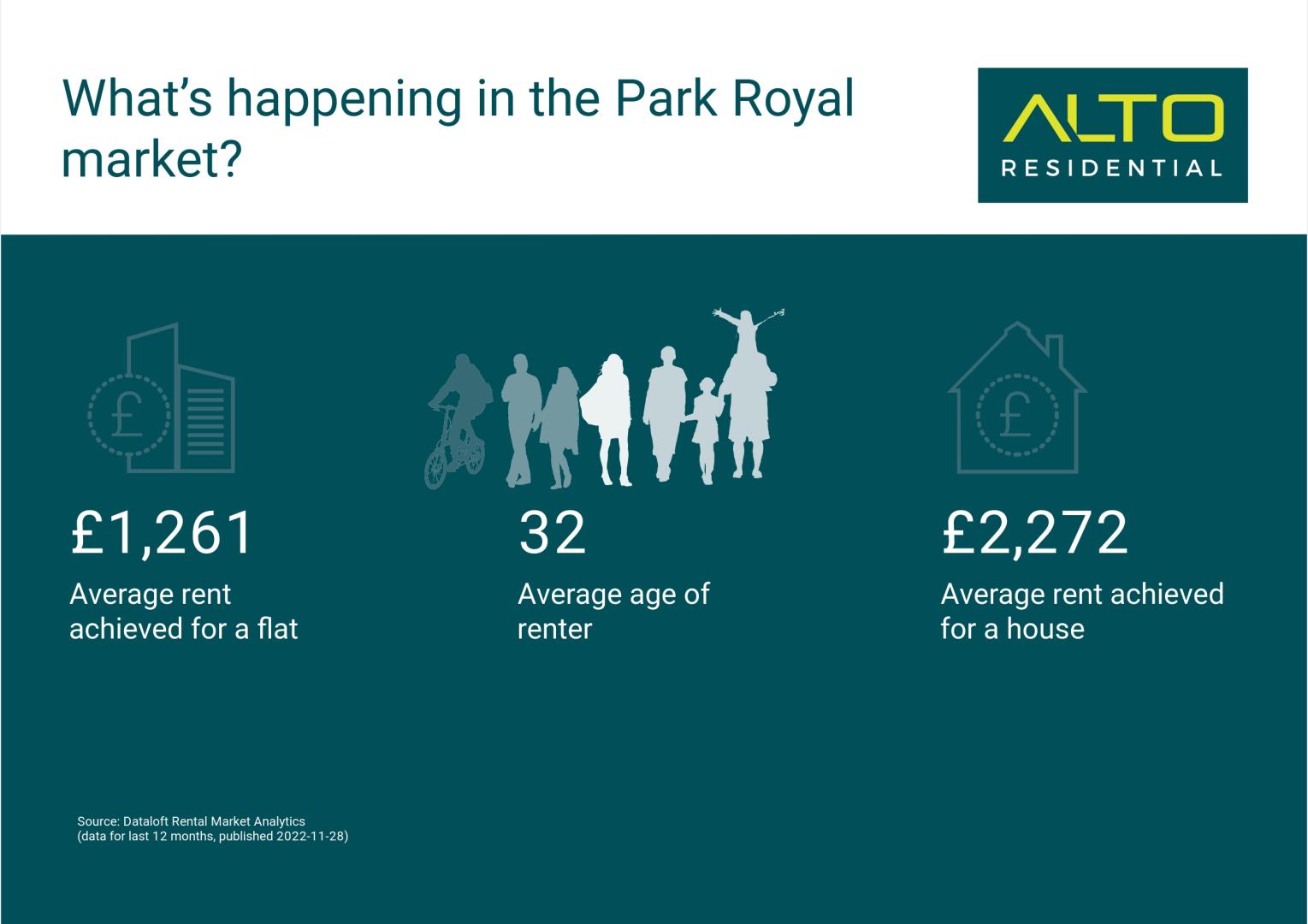
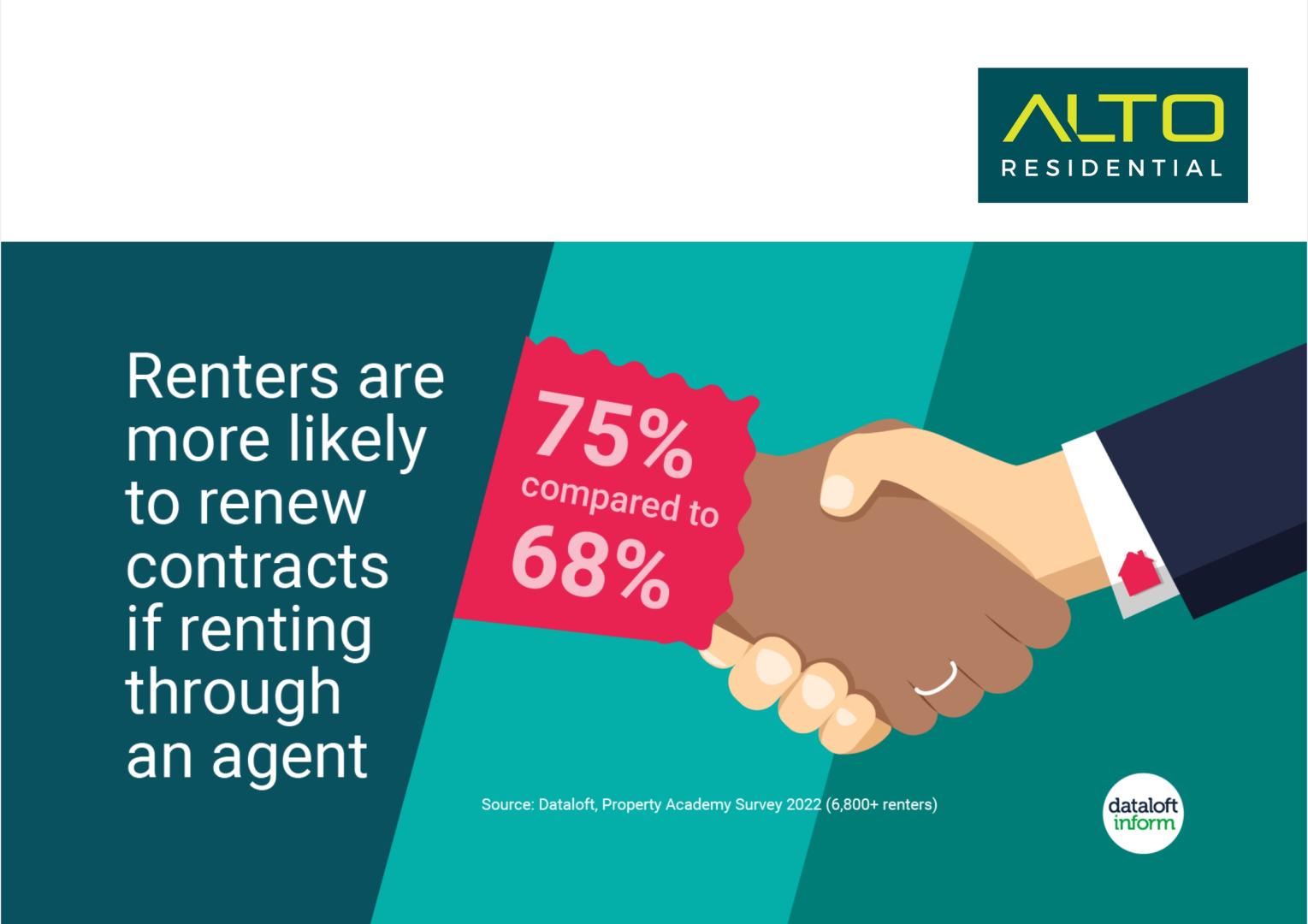
Share this with
Email
Facebook
Messenger
Twitter
Pinterest
LinkedIn
Copy this link